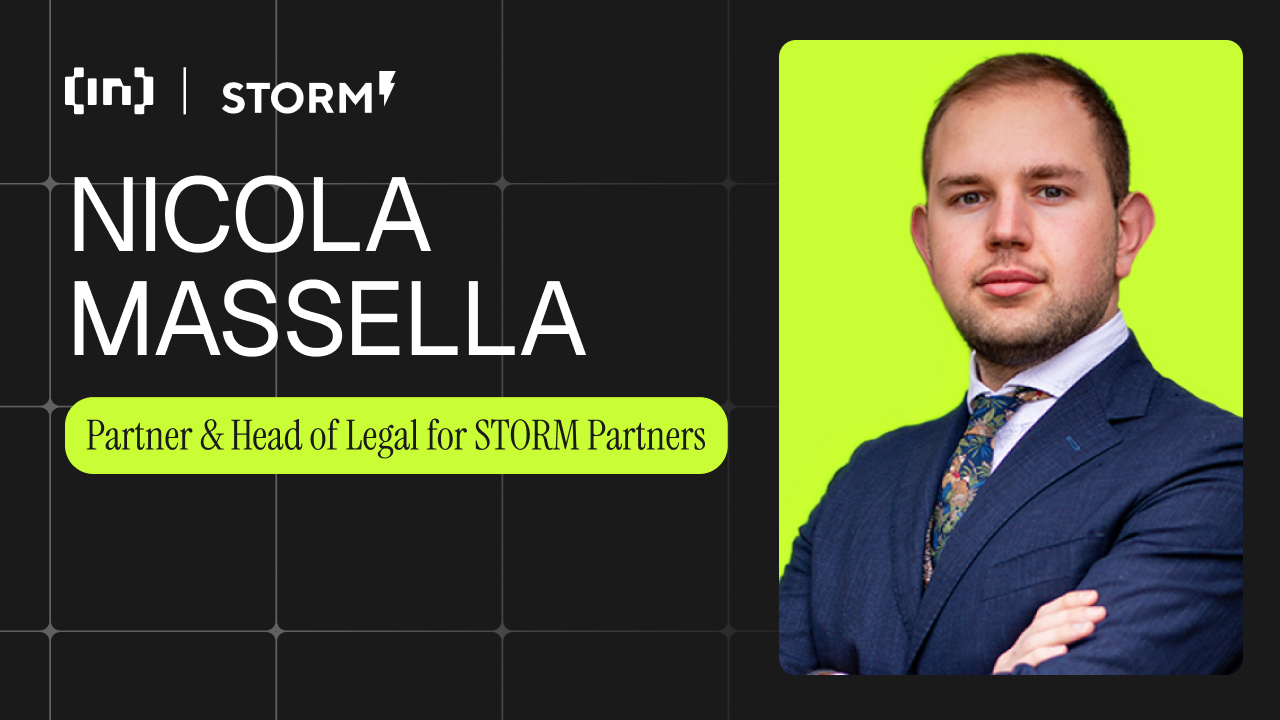Crypto Staking Regulation in 2025: How the US and Swiss Approaches Differ
0
0

Crypto staking is hands-down the most critical activity for the operation and security of many modern blockchain protocols, including Ethereum and Solana. The digital asset market has matured greatly over the years, yet the regulatory clarity on this core function remains gray.
In a positive development for the industry, recent publications from the Swiss Financial Market Supervisory Authority (FINMA) and the US SEC have provided valuable, albeit different, frameworks for analyzing staking activities.
In this article, Nicola Massella, the Partner & Head of Legal for STORM Partners, provides a comparative analysis of these two positions.
The Swiss Framework: A Focus on Prudential Oversight and Risk Management
In its Guidance 08/2023, FINMA addresses staking primarily through the lens of prudential regulation and bankruptcy law, following the passage of Switzerland‘s DLT Act.
The central legal question is whether staked cryptoassets can be segregated from a custodian’s estate in the event of bankruptcy, which hinges on whether they are “held in readiness for customers at all times”.
FINMA acknowledges that staking features such as lock-up periods and the risk of “slashing” (the forfeiture of tokens for validator misconduct) create “legal ambiguity” around this criterion.
However, rather than prohibiting the activity, FINMA has established a pragmatic “interim practice” that creates a clear compliance pathway for the supervised entities it oversees.
Under this practice, a licensed institution may offer direct staking services without being subject to capital requirements for the staked assets, provided the following strict conditions are met:
- The customer has given specific instructions regarding the type and number of cryptoassets to be staked.
- Appropriate measures ensure the cryptoassets can be unambiguously allocated to the individual customer.
- The customer is informed transparently and clearly of all associated risks, including slashing, lock-up periods, and the legal uncertainties concerning segregation in a potential bankruptcy.
- The institution takes appropriate steps to mitigate the operational risks of running a validator node to avoid slashing and other penalties.
- A “Digital Assets Resolution Package” (DARP) is prepared to ensure that a liquidator can identify and return the assets to investors promptly and efficiently in a crisis
This framework provides a clear blueprint for Swiss-regulated entities to offer staking services responsibly.
The US Perspective: Analysis Under Federal Securities Law
In its May 2024 statement, the SEC’s Division of Corporation Finance approached staking from the perspective of US federal securities law.
The analysis focuses on whether certain staking activities constitute an “investment contract” under the test established in SEC v. W.J. Howey Co., and therefore qualify as a security.
The Division’s statement provides significant clarity by concluding that, in its view, “Protocol Staking Activities” do not satisfy the “efforts of others” prong of the Howey test.
The reasoning is that the functions performed by node operators or validators are “administrative or ministerial in nature” rather than the “entrepreneurial or managerial efforts” that are essential for the success of a common enterprise.
Accordingly, the rewards earned are viewed as compensation for providing validation services to the network, not as profits derived from a third party’s management.
This view applies to several common forms of staking:
- Self (or Solo) Staking, where an operator stakes their own assets.
- Self-Custodial Staking Directly with a Third Party, where an owner grants validation rights to a node operator but retains custody of their assets.
- Custodial Arrangements, where a custodian stakes assets on behalf of a customer, provided the custodian is acting as an agent and not making discretionary decisions on whether, when, or how much to stake.
The staff also clarified that providing ancillary services such as slashing coverage or aggregating assets to meet protocol minimums does not alter the administrative nature of the activity.
Also, it’s important to note that this is a staff statement, not a Commission rule, and it explicitly does not address more complex arrangements like “liquid staking.”
Implications for Market Participants
The guidance from both FINMA and the SEC staff represents a significant step forward in regulatory clarity for the digital asset industry.
Although their legal frameworks differ—with FINMA focusing on prudential soundness and the SEC on investor protection—both are creating workable pathways for the core technological function of staking.
For market participants, these developments provide valuable direction:
0
0
 Manage all your crypto, NFT and DeFi from one place
Manage all your crypto, NFT and DeFi from one placeSecurely connect the portfolio you’re using to start.







